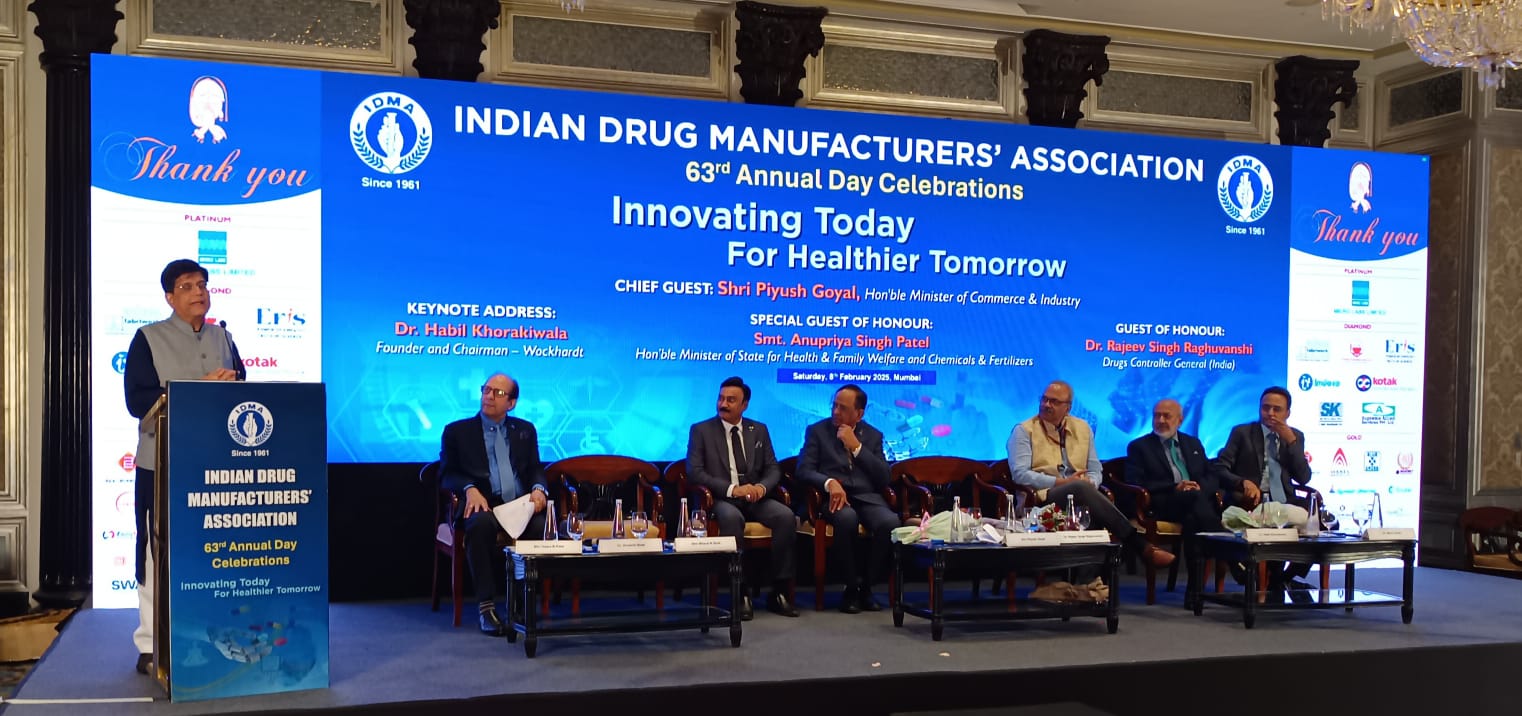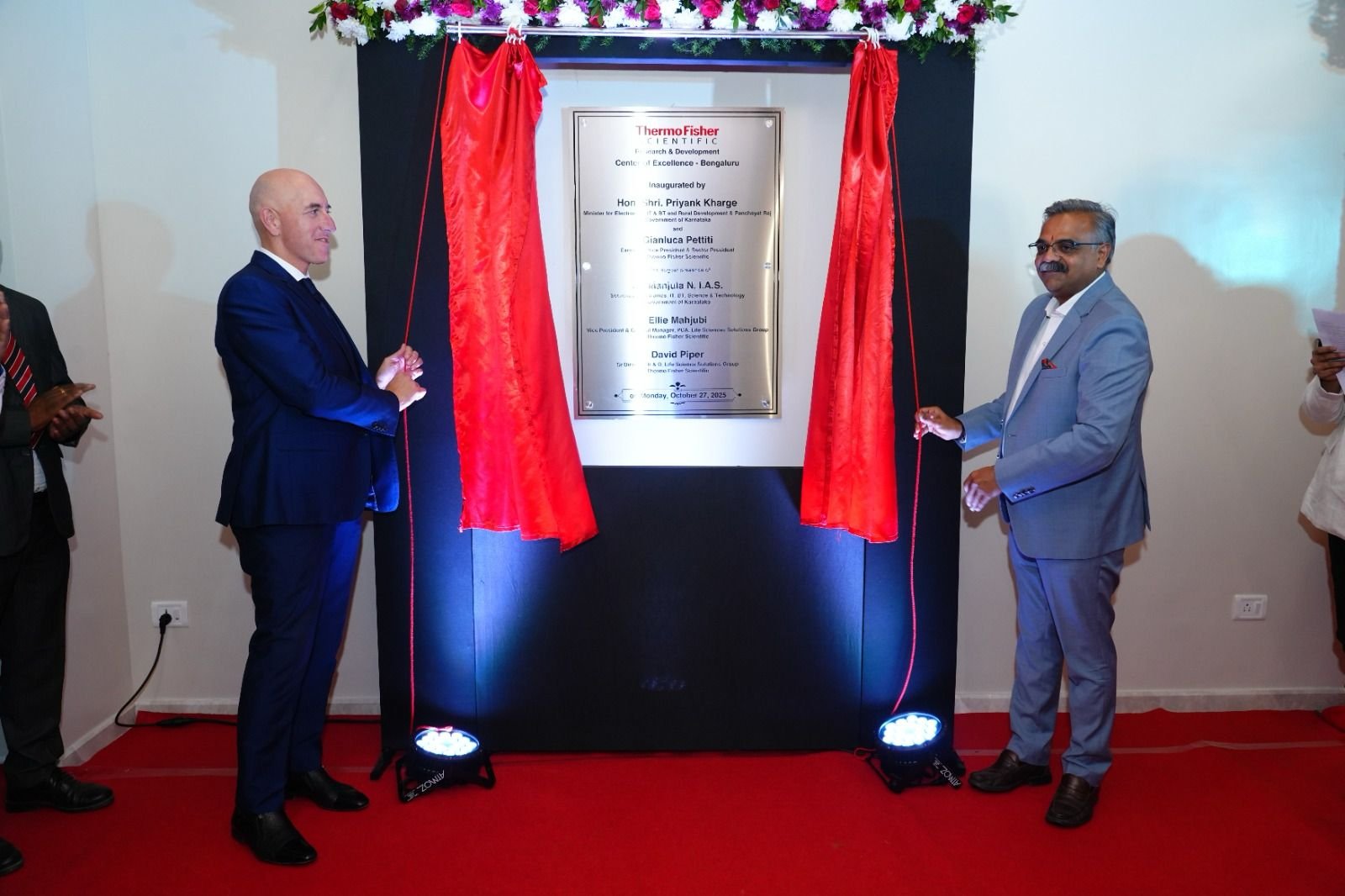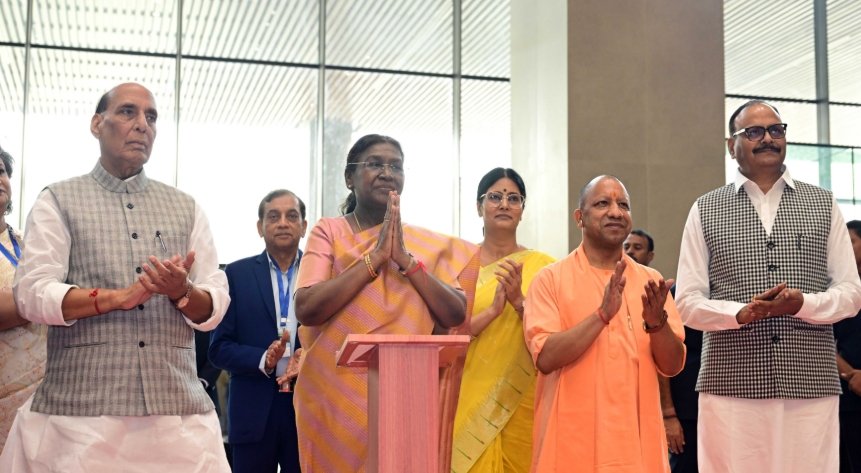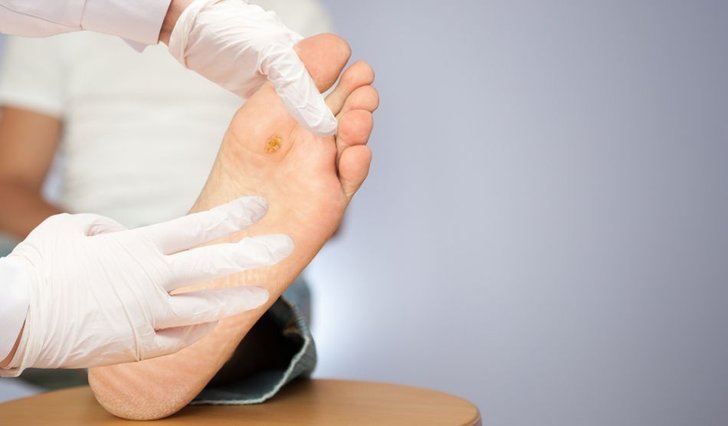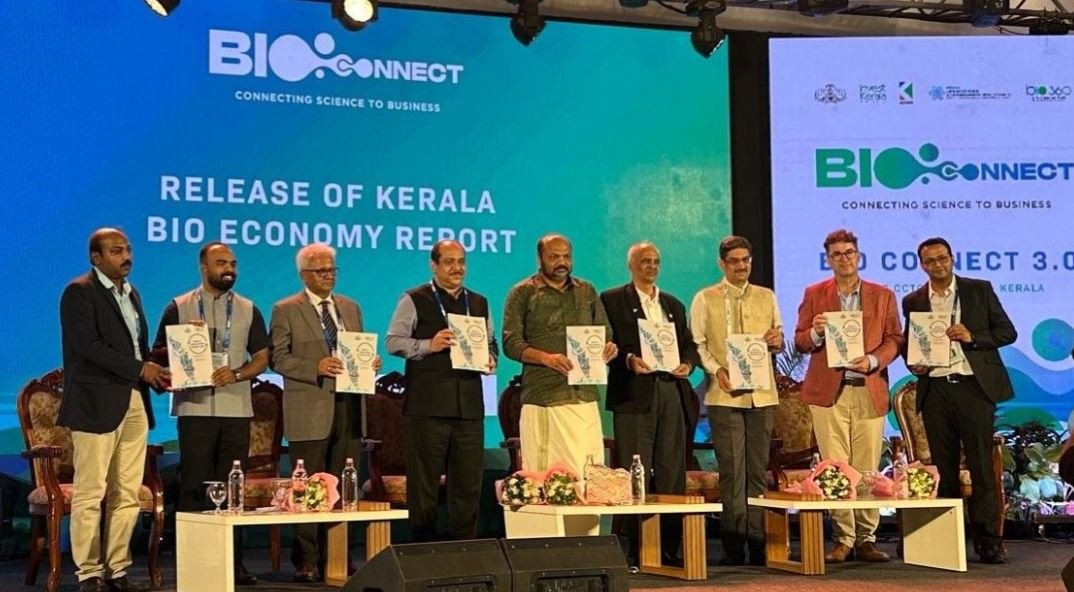Big Pharma’s role in aiding MSMEs to enhance regulatory compliance is critical: Union Commerce Minister Piyush Goyal
February 10, 2025 | Monday | News | By Bhagwati Prasad
Experts highlight need for increased collaboration between private sector and government at 63rd Annual IDMA event
Speaking at the 63rd Annual Day Celebrations of the Indian Drug Manufacturers' Association (IDMA) in Mumbai, themed Innovating Today For Healthier Tomorrow, Union Minister of Commerce and Industry Piyush Goyal on February 8, 2025, emphasised the critical role of big pharmaceutical companies in adopting and handholding small and medium enterprises (MSMEs) to enhance regulatory compliance and Good Manufacturing Practices (GMP).
Goyal also underscored the need for collaboration between Indian and global pharmaceutical, biotech, and academic institutions to accelerate innovation. He stressed that the government must play an active role in fostering research and development (R&D) through subsidies, favourable intellectual property (IP) laws, and funding initiatives to encourage new product development.
“India’s pharmaceutical sector is poised for a transformative leap as industry leaders and policymakers call for a shift from being the “pharmacy of the world” to an innovation-driven global leader. Regulatory compliance and GMP are vital for ensuring high-quality medicines. Big pharma must guide MSMEs to meet these standards, ensuring that India's pharmaceutical sector maintains its global credibility,” he stated.
Despite India's success in vaccines and generic drugs, a significant funding gap hinders biotech innovation. While U.S. biotech firms secured $57 billion in funding in 2023 alone, Indian biotech companies raised only $5 billion over the past decade (2013–2022). Government initiatives such as the National Biopharma Mission, research-linked incentive (RLI) schemes, and support from the Biotechnology Industry Research Assistance Council (BIRAC) have shown promise. However, experts stress the need for further investment to bolster India’s biotech sector.
Minister of State for Commerce and Industry, Anupriya Singh Patel, highlighted the role of emerging technologies like machine learning and blockchain in revolutionising the pharmaceutical sector. “India has already proved its mettle in vaccines and generics. With the adoption of advanced technologies, we can gain a competitive edge in the global pharma landscape,” she noted.
Drugs Controller General of India (DCGI), Dr Rajeev Singh Raghuvanshi, emphasised the importance of shifting the perception of regulatory bodies from enforcers to facilitators. He stressed that industry associations must play a bigger role in training pharma MSMEs to comply with the revised Schedule M guidelines.
As India aims to become a $30 trillion–$35 trillion economy by 2047, the pharmaceutical sector is set to be a major driver of this growth. Currently, the fifth-largest contributor to India’s manufacturing Gross Value Added (GVA), the industry supports numerous livelihoods while maintaining a healthy trade surplus. India already supplies 20% of global generic medicines but lags in value-based exports. Industry experts call for a transition toward high-value products such as biosimilars and innovative therapies.
Several key trends are shaping India's pharmaceutical sector are strengthening supply chain resilience, increasing focus on R&D and quality, expanding Contract Development and Manufacturing Organisations (CDMOs) and Contract Research Organisations (CROs), greater regulatory harmonisation, leveraging digital and AI tools and promoting sustainability.
According to projections, India’s pharmaceutical exports could grow 10 to 15 times, reaching nearly $350 billion by 2047. To achieve this, the sector must adopt the “QuRATE” mantra—Quality, Regulation, Access to global markets, Talent, and Entrepreneurial innovation.
Habil Khorakiwala, Founder Chairman of Wockhardt, shed light on the importance of investing in novel antibiotic research, an area often overlooked due to commercial constraints and scientific challenges. “Antimicrobial resistance (AMR) is rising globally, rendering existing antibiotics ineffective. India has the highest burden of bacterial infections. Addressing these imperatives can transform India from a generics manufacturer to a hub for innovative drug discovery and development,” he stated.
“With the right policies and investments, India’s innovative pharmaceutical exports could reach $2 billion by 2030, driven by in-licensing global products and out-licensing Indian pipeline assets. In a more ambitious scenario, exports could reach $13 billion–$15 billion by 2047. However, industry leaders believe the potential is even greater if key enablers align in India's favour,” stated Dr Viranchi Shah, National President, IDMA.
Daara Patel, Secretary General of IDMA convened the proceedings of the Annual Day Celebration.
Industry experts averred that the collaboration between the private sector and the government is crucial to realising India’s vision for the pharmaceutical industry. Transitioning from a volume-driven to a value-driven approach will be critical in securing India's position among the world’s top pharmaceutical exporters.
“With robust investment in innovation, regulatory streamlining, and a focus on quality, India’s pharmaceutical sector stands at the cusp of a historic transformation—one that could redefine its global standing and contribution to healthcare worldwide,” Dr Shah concluded.
Bhagwati Prasad


